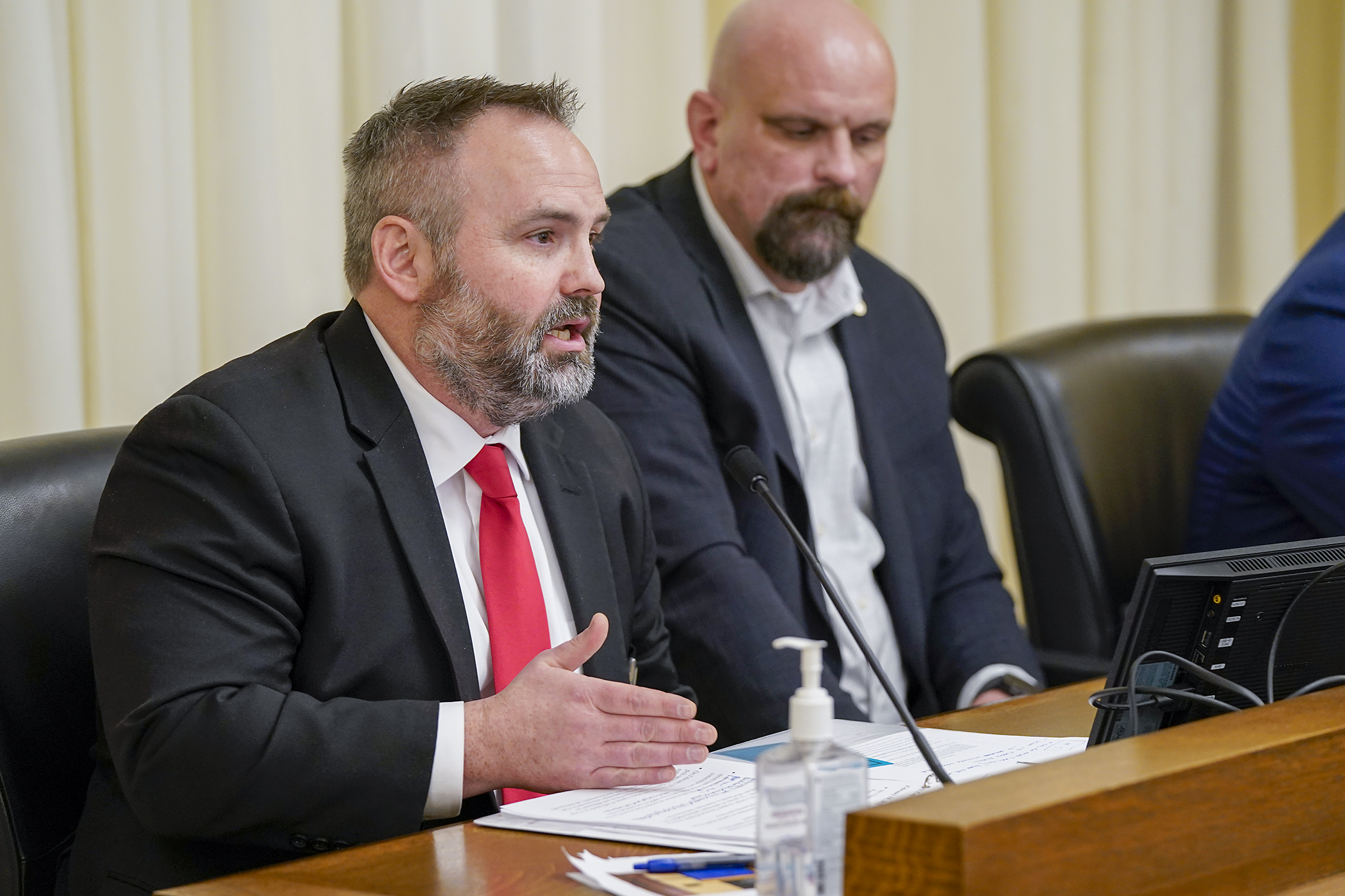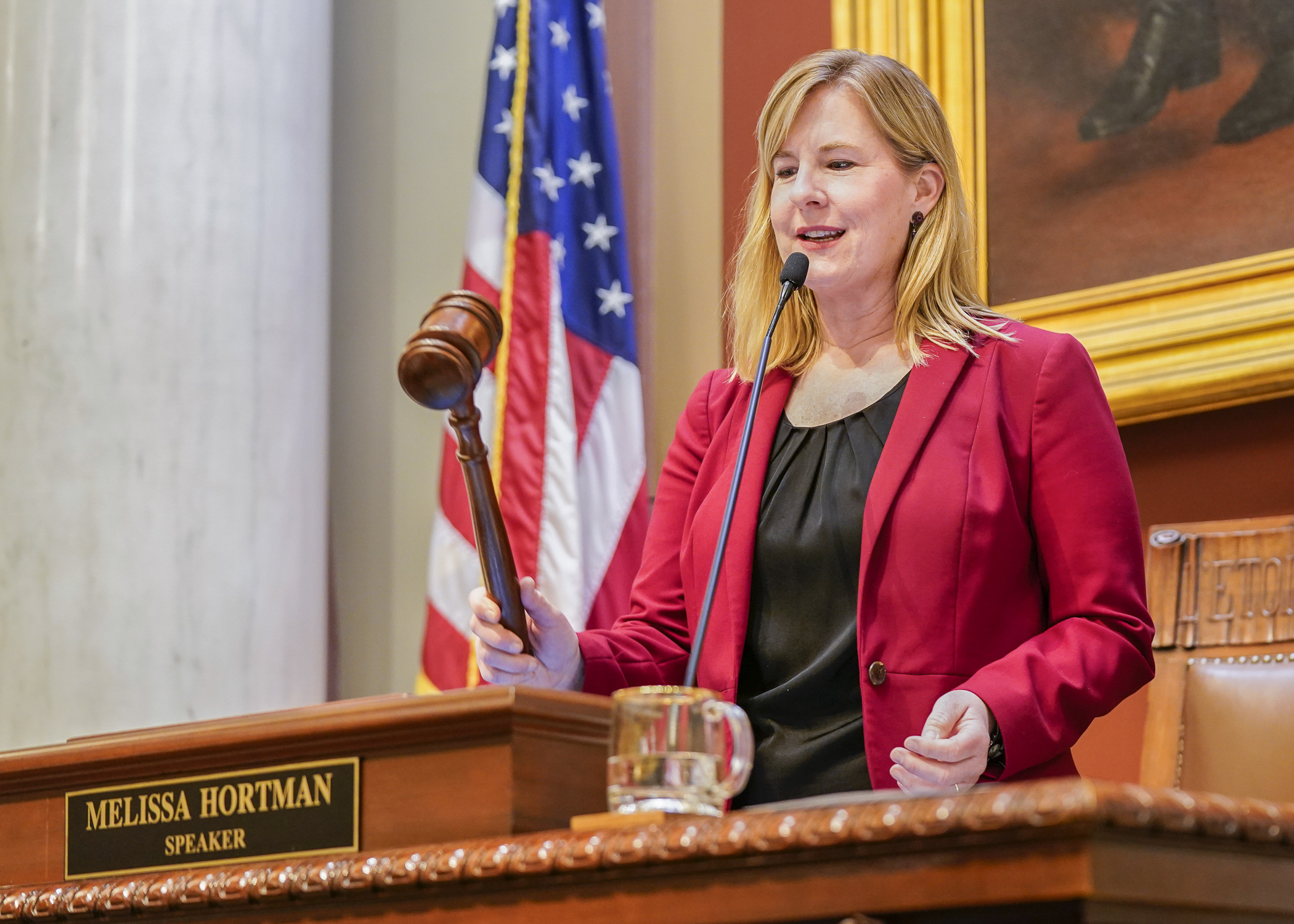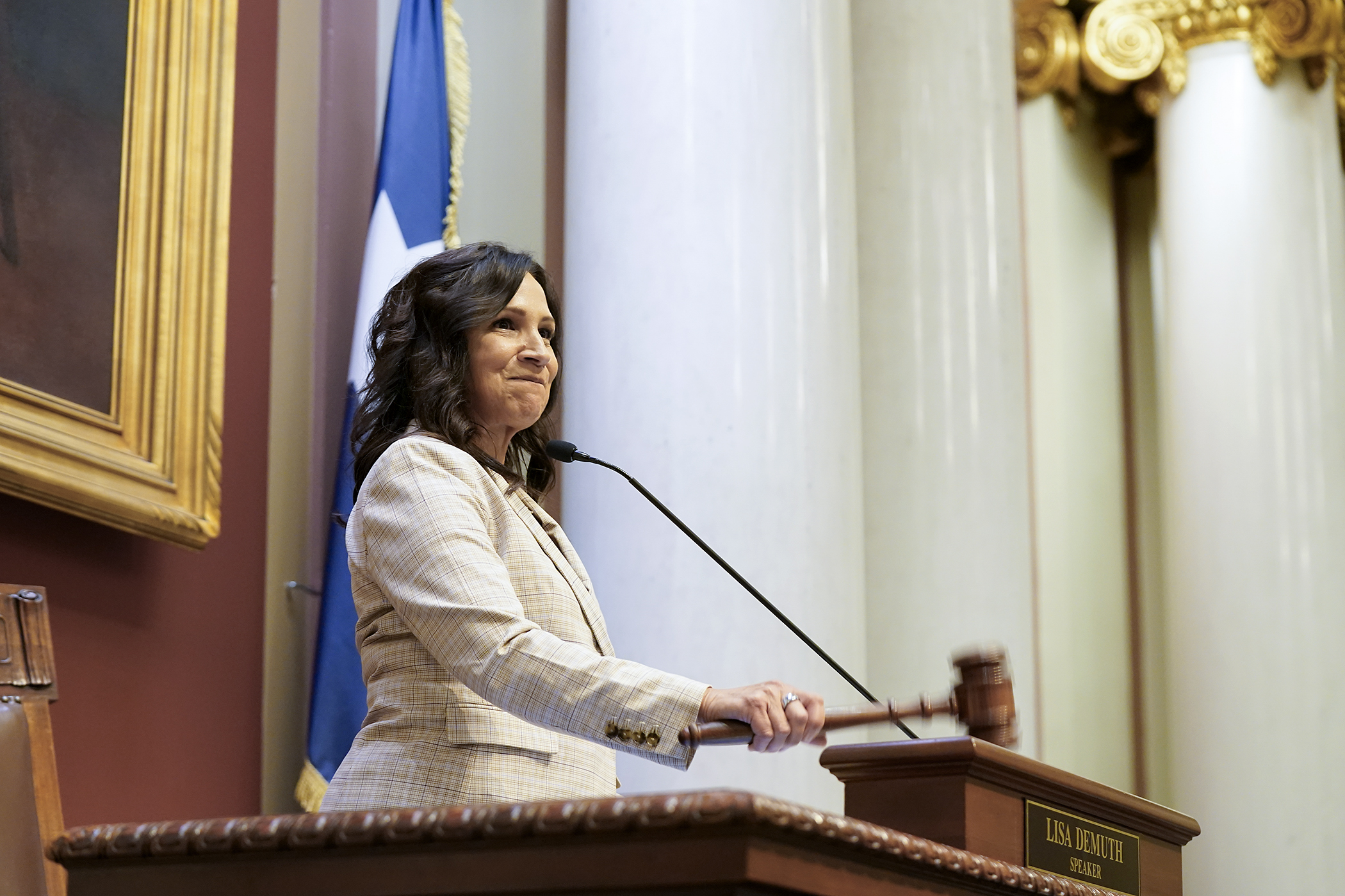Stiffer fines, more jail time for fleeing police under bill that clears public safety panel

High-speed pursuits are dangerous for everyone involved: an offender speeding away in a vehicle, a peace officer in pursuit, and bystanders in the wrong place at the wrong time.
Rep. Terry Stier (R-Belle Plaine) wants to reduce these dangerous situations that he said have “dramatically increased” by making the penalties for fleeing a peace officer more severe.
Stier sponsors HF340, which would set stiffer penalties in two types of situations.
Fleeing in a motor vehicle is currently a felony with a maximum sentence of three years imprisonment unless the person causes bodily harm or death while fleeing.
The bill would establish an offense with a maximum penalty of four years behind bars and a $8,000 fine if the person violates certain rules of the road while fleeing, such as failing to obey traffic signs or driving on the wrong side of the road. The penalty could increase to five years and a $10,000 fine if an offender flees “in a culpably negligent manner” defined as creating “an unreasonable risk and consciously takes chances of causing death or great bodily harm to another.”
The House Public Safety Finance and Policy Committee approved the bill, as amended, Wednesday and sent it to the House Transportation Finance and Policy Committee.
“Fleeing suspects have created a public safety crisis on our roadways,” said Shane Myre, president of the Minnesota Police and Peace Officers Association.
A deterrent effect of the increased penalties would be maximized if it were paired with a statewide public awareness campaign, Myre said.
Fleeing suspects need to be made aware of the increased consequences of their actions or their behavior will not change, he added.
Rep. Athena Hollins (DFL-St. Paul) added that focusing solely on upping penalties cannot be the whole solution.
Legislators are missing an important aspect of why many people flee peace officers, she said, namely that they legitimately fear for their safety at the hands of law enforcement officers.
“There are a myriad of reasons why people might flee the police, including the fact that they might die,” she said. “And I think that if we do not recognize that as a real fear for a number of people in my community, in particular Black and brown individuals, but not exclusively, I think that we’re missing a whole segment of what is happening.”
Related Articles
Search Session Daily
Advanced Search OptionsPriority Dailies
Speaker Emerita Melissa Hortman, husband killed in attack
By HPIS Staff House Speaker Emerita Melissa Hortman (DFL-Brooklyn Park) and her husband, Mark, were fatally shot in their home early Saturday morning.
Gov. Tim Walz announced the news dur...
House Speaker Emerita Melissa Hortman (DFL-Brooklyn Park) and her husband, Mark, were fatally shot in their home early Saturday morning.
Gov. Tim Walz announced the news dur...
Lawmakers deliver budget bills to governor's desk in one-day special session
By Mike Cook About that talk of needing all 21 hours left in a legislative day to complete a special session?
House members were more than up to the challenge Monday. Beginning at 10 a.m...
About that talk of needing all 21 hours left in a legislative day to complete a special session?
House members were more than up to the challenge Monday. Beginning at 10 a.m...